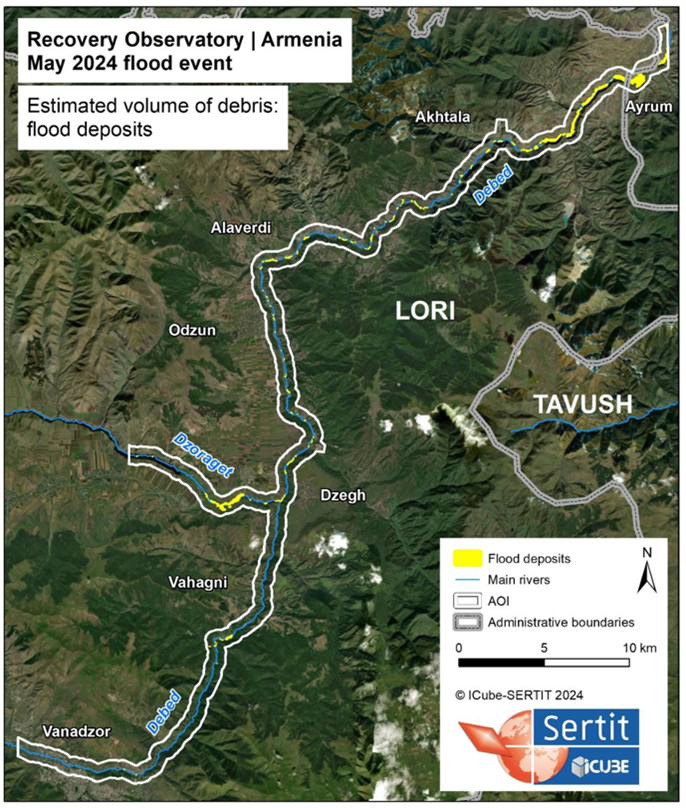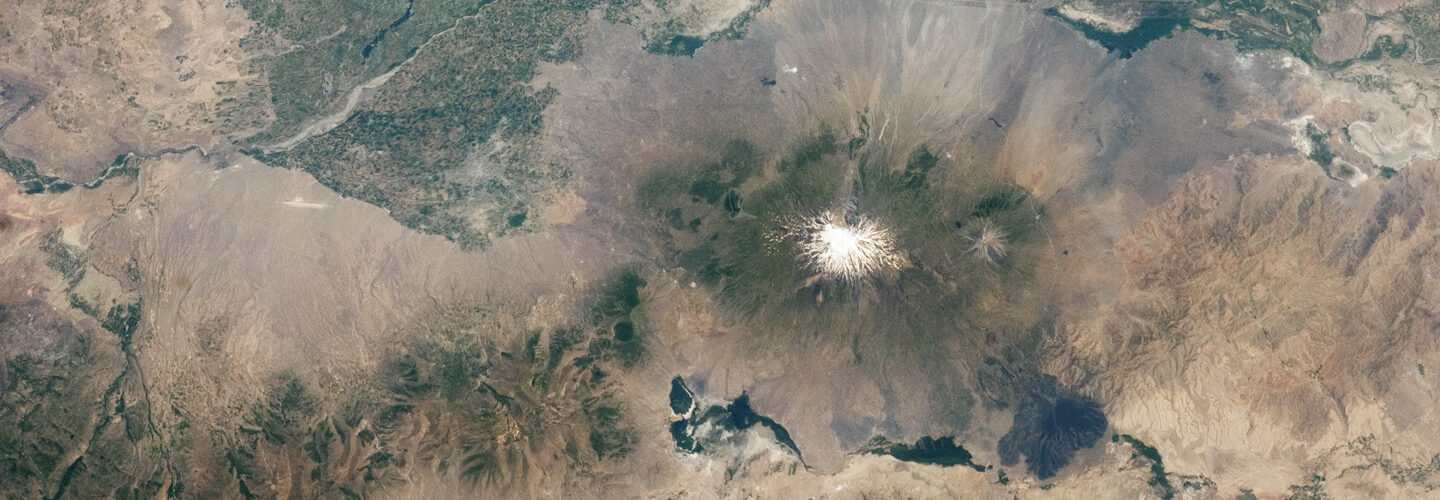The Recovery Observatory (RO) is a key activity of the Committee on Earth Observation Satellites (CEOS) Working Group on Disasters, aiming to provide satellite-maps and information for disaster recovery. It was set up as a pilot in December 2016 to support the monitoring of recovery and rehabilitation in the areas of southwest Haiti affected by hurricane Matthew.
Through time, the RO evolved to a generic and scalable CEOS activity ready to support other events by replicating the efforts initially seen for hurricane Matthew.
From 2020 to 2023, the RO Demo activity, led by the French Space Agency-CNES and the World Bank/GFDRR (Global Facility for Disaster Reduction and Recovery), was activated for 5 events by Tripartite Agreement partners:
- The Lebanon explosion (Beirut Port) in August 2020
- Hurricanes Eta and Iota in Central America late 2020
- The Haiti earthquake in August 2021
- The historic Pakistan floods in September 2022
- The Libya floods in September 2023
To help with planning and monitoring after disasters, CEOS and the RO have been working collaboratively with the United Nations Development Programme (UNDP), the European Union Service for Foreign Policy Instruments (FPI), and the World Bank GFDRR. This teamwork and the existing Tripartite agreement among these partners support the completion of Post-Disaster Needs Assessments (PDNAs) and helps create effective plans for rebuilding and recovery after a disaster strikes.
Building upon the experience gained through these activations, the RO recently began its transition to a pre-operational phase. In November 2023, CEOS approved a new project, the pre-operational RO, that started in 2024 and aims to become permanent by 2027.
- 2024 (First Year): The project began with a transition year. During this year, the leadership shifts to international disaster recovery partners.
- 2025-2026 (Next Two Years): The project will enter a pre-operational phase to prepare for becoming permanent in 2027.

Recovery Observatory (RO) evolution and planning
The main goal for 2024 is to get the international partners ready to lead and support the project during the planned activities.
Recently the pre-operational RO was activated by UNDP for floods in Armenia. In May 2024, heavy rainfall and consequent floods hit northern Armenia, particularly Lori and Tavush Provinces, where the rivers Debed, Aghstev, and Tashir all burst their banks washing away roads, bridges, parts of a railway and flooding towns and villages located along them. The International Charter ‘Space and Major Disaster’ and the Copernicus EMS Risk and Recovery have also been activated for disaster response and assessment of post-flood landslide risk, respectively.
The Regional Image Processing and Remote Sensing Service (SERTIT, Strasbourg University) worked closely with the Armenian government on behalf of the RO Team to provide information about:
- The localisation, qualification and quantification of debris;
- The estimation of the flood propagation as well as flood simulations in the river basins;
- The potential of future landslides.
The transition to a permanent status by 2027 promises to enhance the Recovery Observatory’s capacity to deliver timely and accurate information, ultimately contributing to more effective and resilient recovery strategies in the face of future disasters.

Estimation of debris volume from flood deposits. Credits: ICube-SERTIT

Landslide susceptibility assessment in Karaberd, one of the communities most exposed to landslide risk. Credits: ICube-SERTIT
RO team



